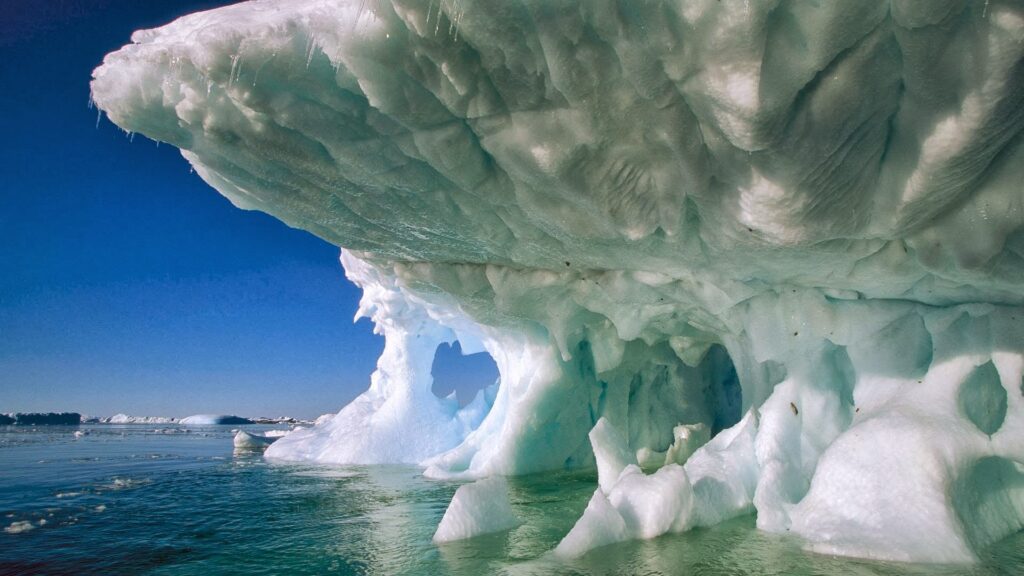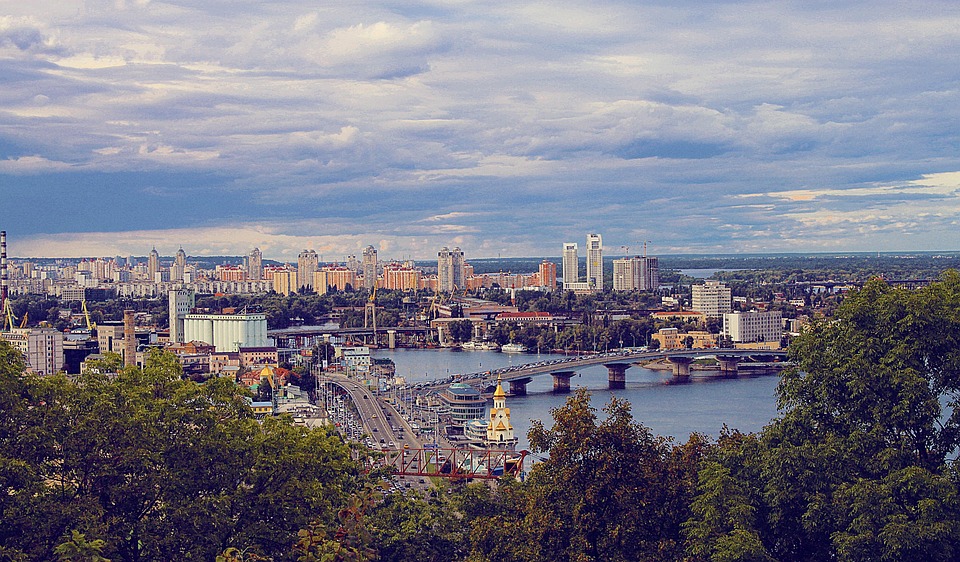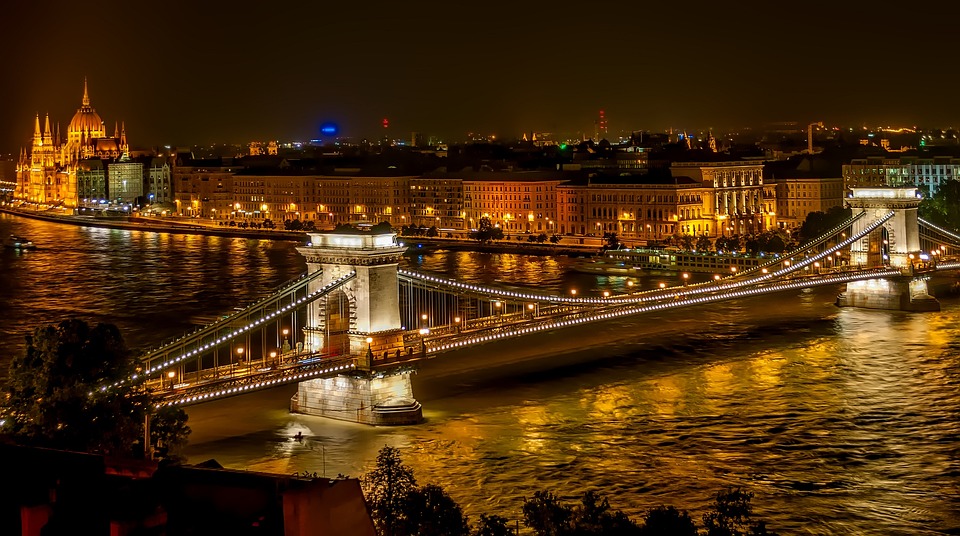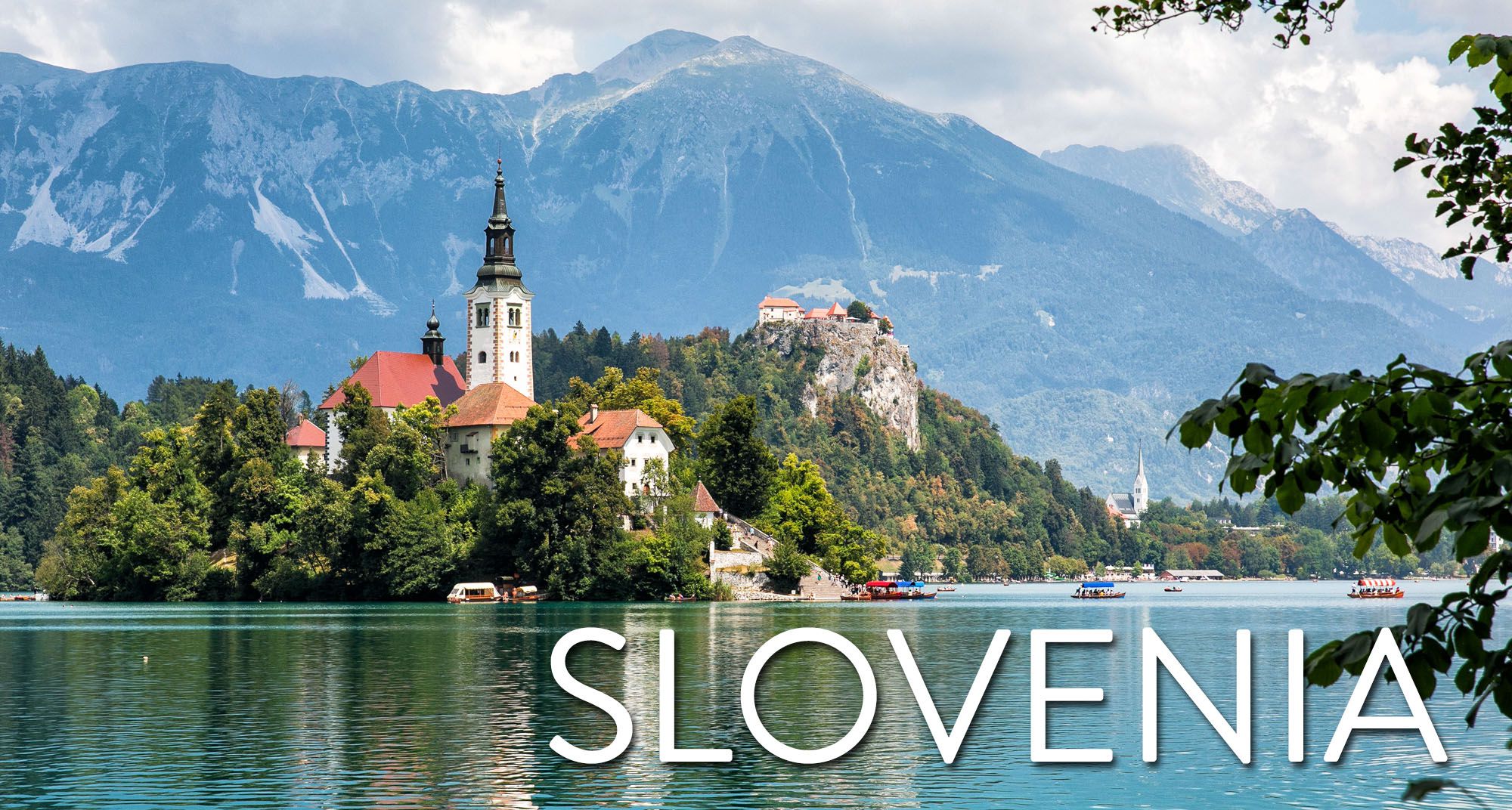Antarctica is a continent mostly covered by ice, and it does not have islands in the traditional sense. However, there are several notable islands in the surrounding Southern Ocean that are considered part of the greater Antarctic region. These islands are known for their stunning landscapes, unique wildlife, and scientific research opportunities. Here are a few of the most impressive islands in the Antarctic region:
- South Georgia Island: Located east of the tip of South America, South Georgia Island is known for its breathtaking mountain ranges, glaciers, and abundant wildlife. It is home to large colonies of penguins, seals, and seabirds. The island played a significant role in the historic era of Antarctic exploration.
- Deception Island: Situated in the South Shetland Islands, Deception Island is a volcanic caldera with a distinctive horseshoe shape. The island offers dramatic landscapes, geothermal activity, and thermal hot springs. It is a popular destination for scientific research and tourism.
- Livingston Island: Also part of the South Shetland Islands, Livingston Island is characterized by its rugged coastline, impressive ice cliffs, and mountain ranges. The island is home to diverse wildlife, including penguins, seals, and seabirds. It serves as a base for scientific research stations.
- Ross Island: Located near the Ross Sea, Ross Island is the largest of the islands in the Ross Archipelago. It is home to Mount Erebus, an active volcano, and the historic huts of early Antarctic explorers like Robert Falcon Scott and Ernest Shackleton. Ross Island is also a significant research hub.
- Elephant Island: Found in the outer reaches of the South Shetland Islands, Elephant Island is known for its rugged and inhospitable terrain. It gained fame as the temporary refuge for Ernest Shackleton’s crew during the ill-fated Imperial Trans-Antarctic Expedition. Today, it remains an important site for scientific study.
- Peter I Island: One of the most remote and uninhabited islands in the world, Peter I Island lies in the Bellingshausen Sea. It is an icy and mountainous island covered in glaciers. Due to its harsh climate and remote location, it is rarely visited by humans, making it a pristine and untouched environment.
- Paulet Island: Located off the northeastern tip of the Antarctic Peninsula, Paulet Island is known for its massive Adélie penguin colonies. It’s estimated that over 100,000 breeding pairs of Adélie penguins inhabit the island during the summer months, making it a remarkable sight for wildlife enthusiasts.
- The Falkland Islands: While not strictly part of Antarctica, the Falkland Islands are situated in the South Atlantic Ocean, relatively close to the Antarctic Peninsula. They are known for their stunning wildlife, including penguins, seals, and diverse bird species. The islands offer picturesque landscapes, pristine beaches, and a rich history.

These islands offer awe-inspiring landscapes, fascinating wildlife, and a glimpse into the history of Antarctic exploration. They are often visited by scientists, researchers, and adventurous travelers eager to explore the unique wonders of the Antarctic region. It’s important to note that visiting these islands may require specialized expedition cruises or research expeditions, as tourism to Antarctica is strictly regulated to preserve its fragile ecosystem.
Surviving the Extreme: A Look at the Flora and Fauna From Islands of Antarctica
The islands around Antarctica have a unique and relatively limited range of fauna and flora due to the extreme cold, strong winds, and ice-covered environment. However, some hardy species have adapted to survive in these harsh conditions.
Fauna:
- Penguins: Several species of penguins inhabit the islands around Antarctica, including the iconic Emperor penguins, Adélie penguins, Gentoo penguins, Chinstrap penguins, and Macaroni penguins. These flightless birds are well-adapted to life in icy waters and form large breeding colonies.
- Seals: Various seal species can be found in the Antarctic region, including Weddell seals, Antarctic fur seals, and elephant seals. They rely on the sea for food and often use the ice as resting platforms and breeding sites.
- Birds: The islands around Antarctica are home to numerous seabird species, such as albatrosses, petrels, skuas, and shearwaters. These birds have adaptations for long flights and feed on fish, krill, and other marine organisms.
- Whales: Although not strictly limited to the islands, several whale species can be spotted in the waters surrounding Antarctica. These include humpback whales, killer whales (orcas), minke whales, and fin whales. They migrate to the region to feed on the abundant krill and fish populations.
- Invertebrates: Various invertebrate species survive in the frigid waters surrounding the islands. Krill, small shrimp-like crustaceans, are a vital part of the Antarctic food web, serving as a primary food source for many marine animals. Other invertebrates found in the region include squid, sea spiders, and Antarctic worms.

Flora:
- Mosses and Lichens: Cold-tolerant mosses and lichens are among the primary plant species found in Antarctica. They can survive in the rocky, ice-free areas of the islands, where they form small patches of vegetation.
- Algae and Diatoms: In the surrounding ocean waters, numerous species of algae and diatoms thrive, providing a food source for marine life and contributing to the ecosystem’s productivity.

It’s important to note that the flora and fauna of Antarctica and its islands are protected by international agreements, such as the Antarctic Treaty System, which restricts human activities to minimize impacts on the delicate and pristine environment.





